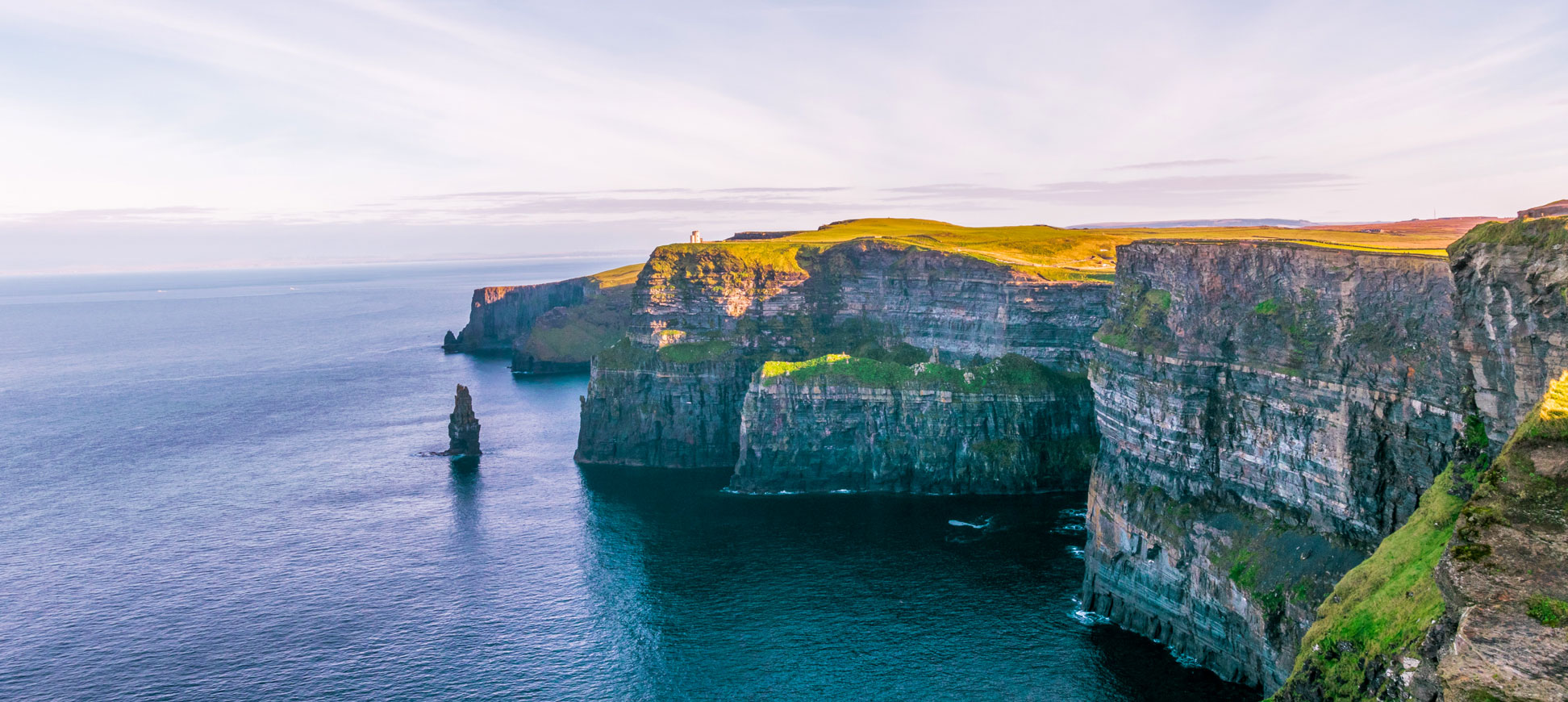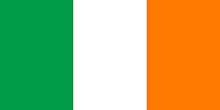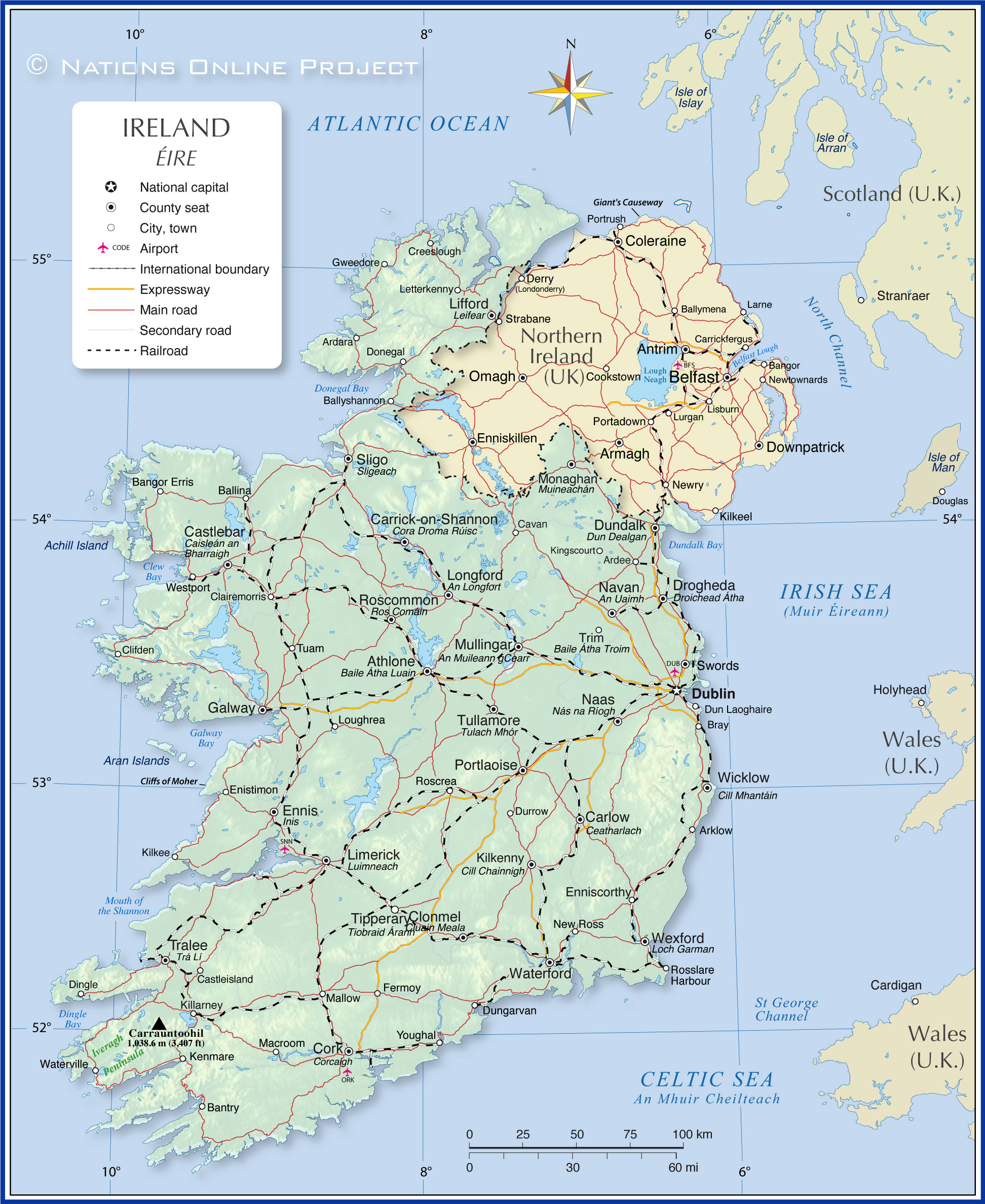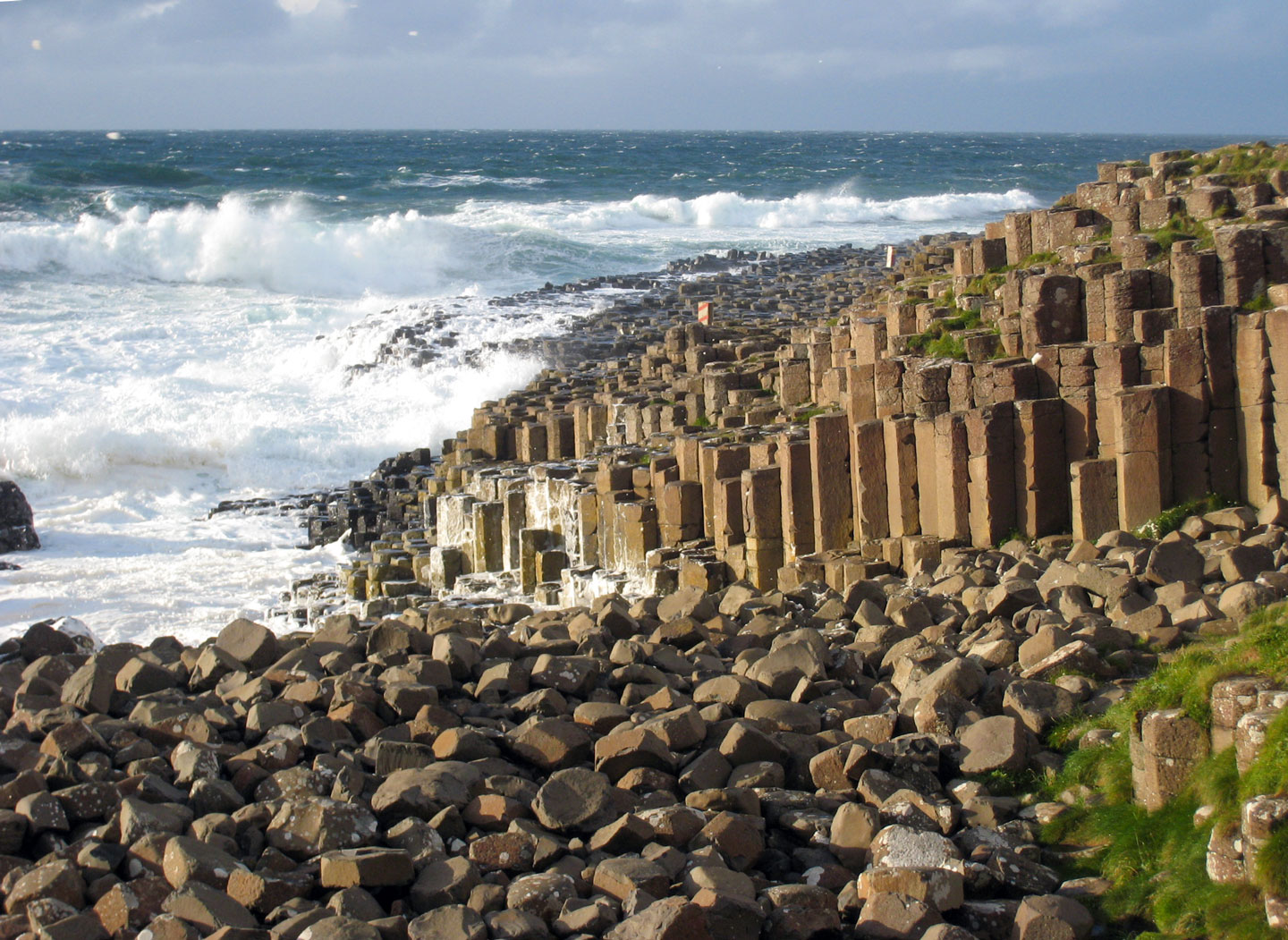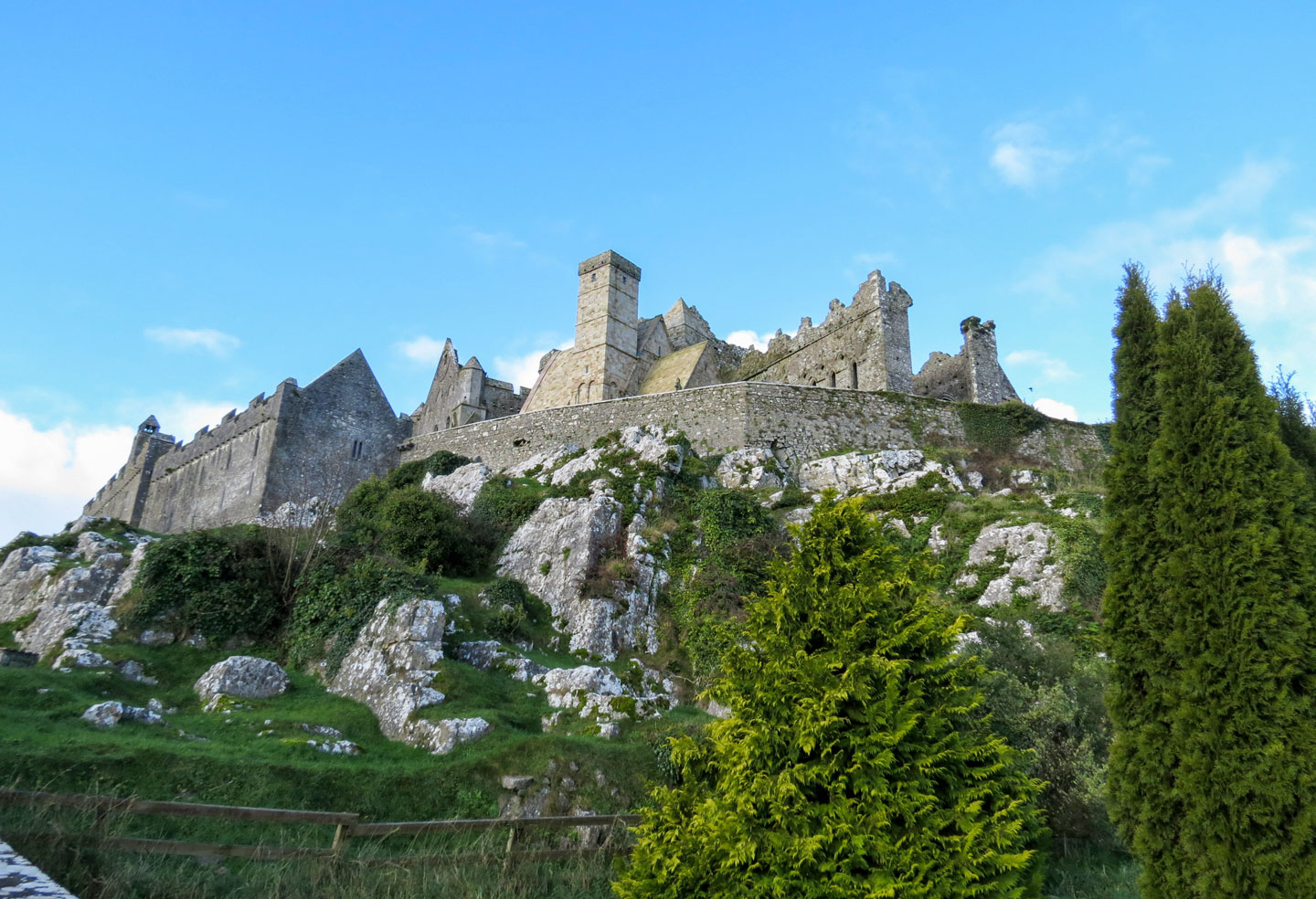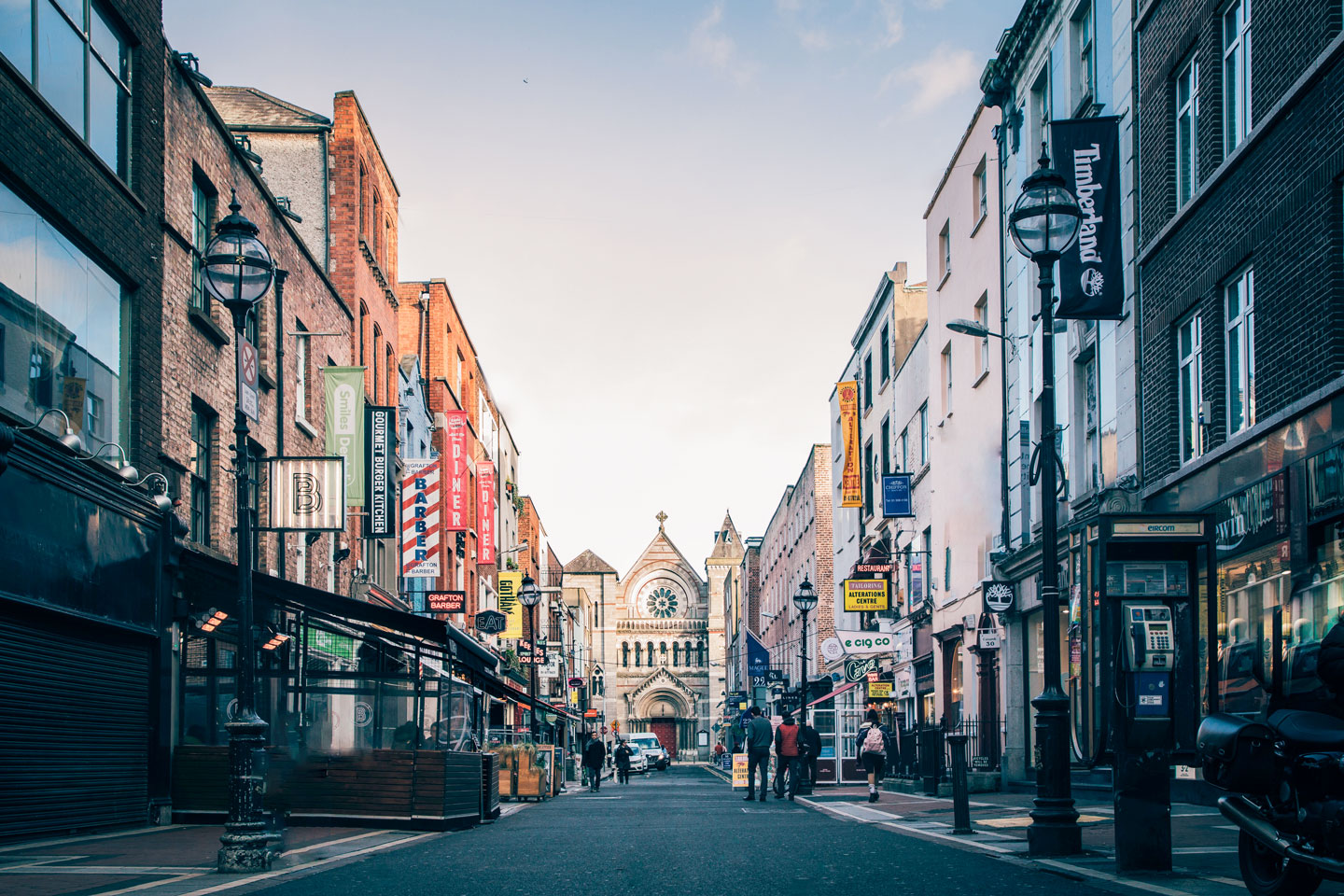Cities and towns in Ireland
The map shows the location of the following cities and towns of the Republic of Ireland (Irish names in brackets)
Largest cities: Dublin (capital), Cork (Corcaigh), Limerick (Luimneach)
Ardara, Ardee, Arklow, Athlone (Baile Átha Luain), Ballina, Ballyshannon, Bangor Erris, Bantry, Bray, Carlow (Ceatharlach), Carrick on Shannon (Cora Droma Rúisc), Castlebar (Caisleán an Bharraigh), Cavan, Clairemorris, Clifden, Clonmel (Cluain Meala), Creeslough, Dingle, Donegal, Drogheda (Droichead Átha), Dun Laoghaire, Dundalk (Dun Dealgan), Dungarvan, Durrow, Enistimon, Ennis (Inis), Enniscorthy, Fermoy, Galway, Gweedore, Kenmare, Kilkee, Kilkenny (Cill Chainnigh), Killarney, Kingscourt, Letterkenny, Lifford (Leifear), Loch Garman, Longford (An Longfort), Loughrea, Macroom, Mallow, Monaghan (Muineachán), Mullingar (An Muileann gCearr), Naas (Nás na Ríogh), Navan (An Uaimh), New Ross, Portlaoise, Portrush, Roscommon (Ros Comáin), Rosslare Harbour, Sligo (Sligeach), Swords, Tipperary (Tiobraid Árann), Tralee (Trá Lí), Trim (Baile Átha Troim), Tuam, Tullamore (Tulach Mhór), Waterford, Waterville, Westport, Wexford, Wicklow (Cill Mhantáin), and Youghal.
Advertisements:

